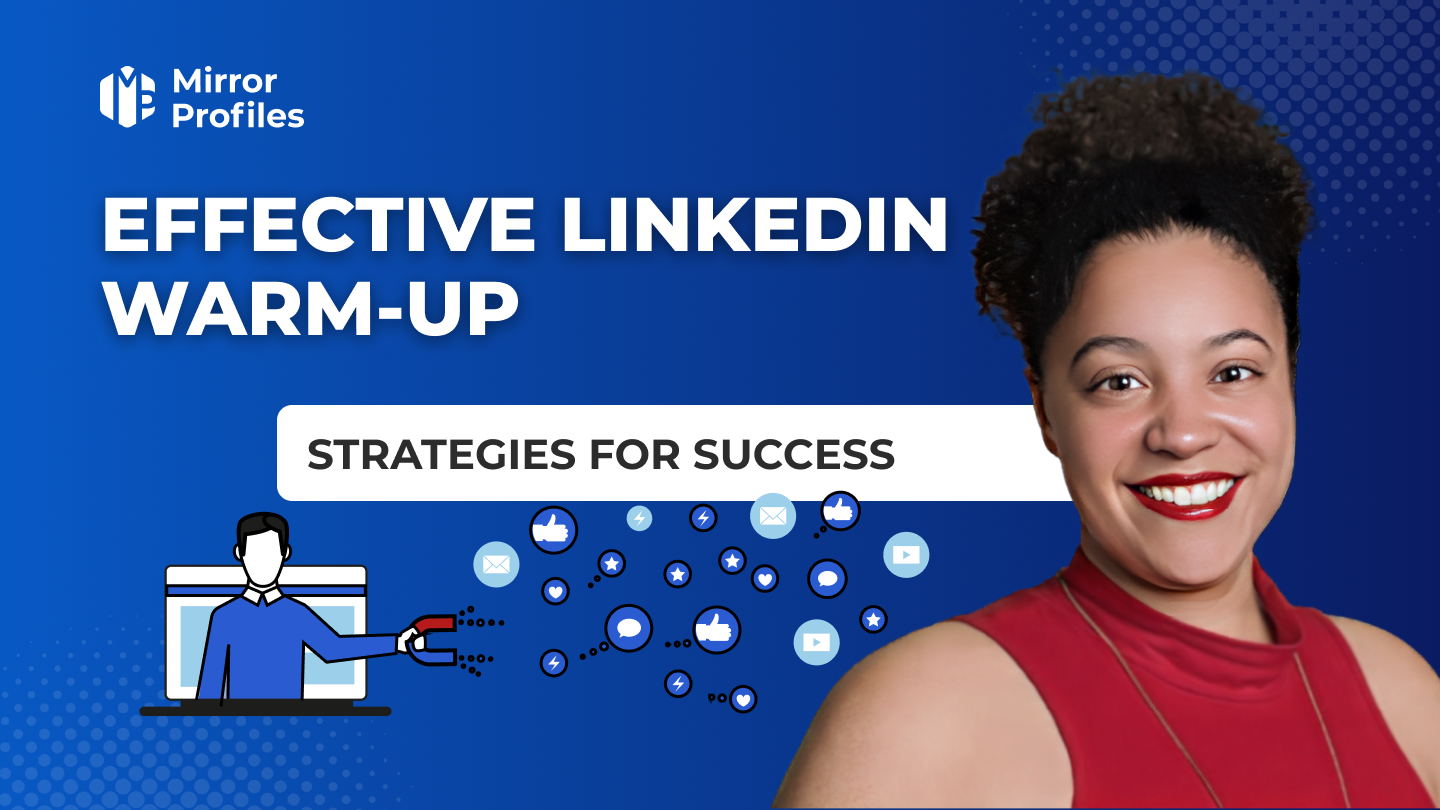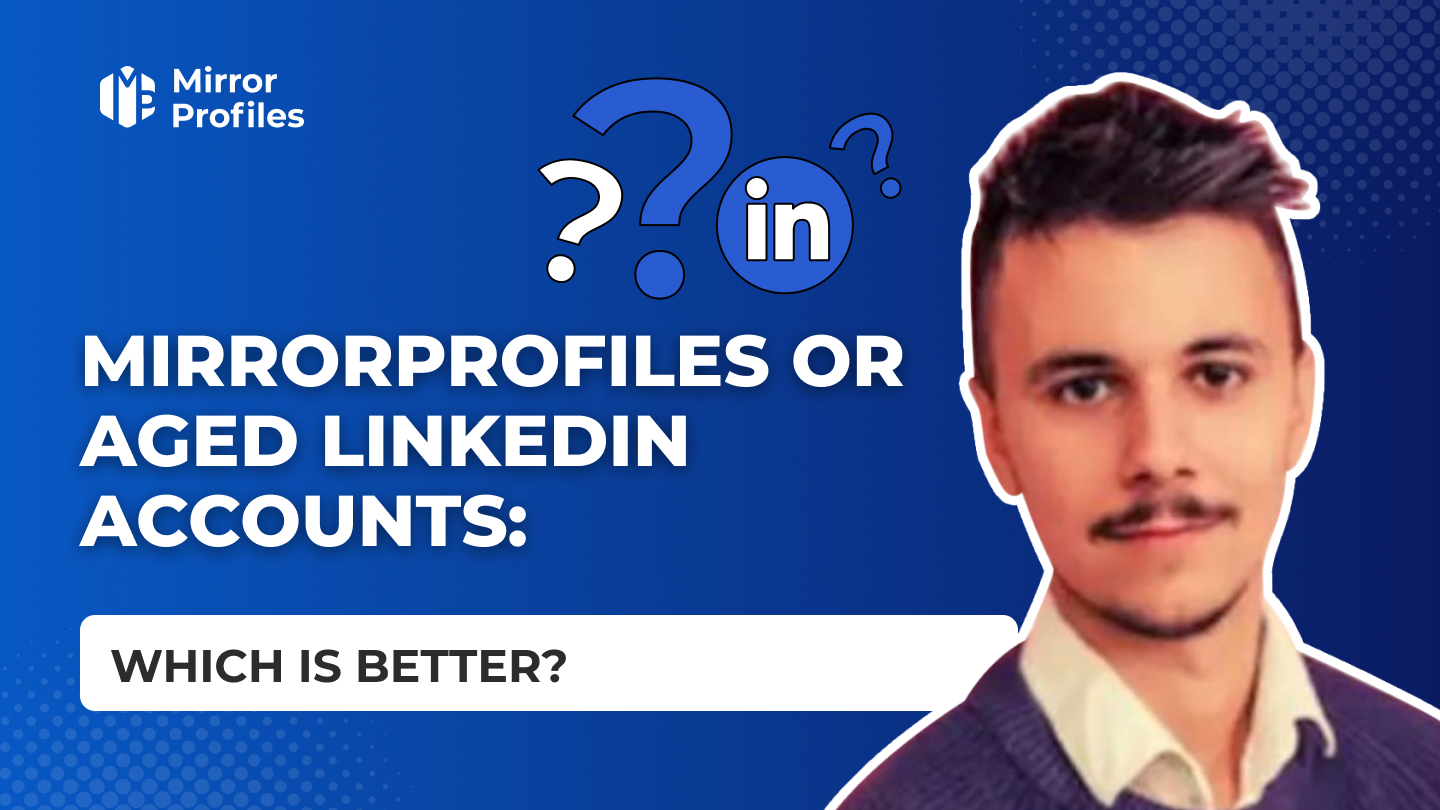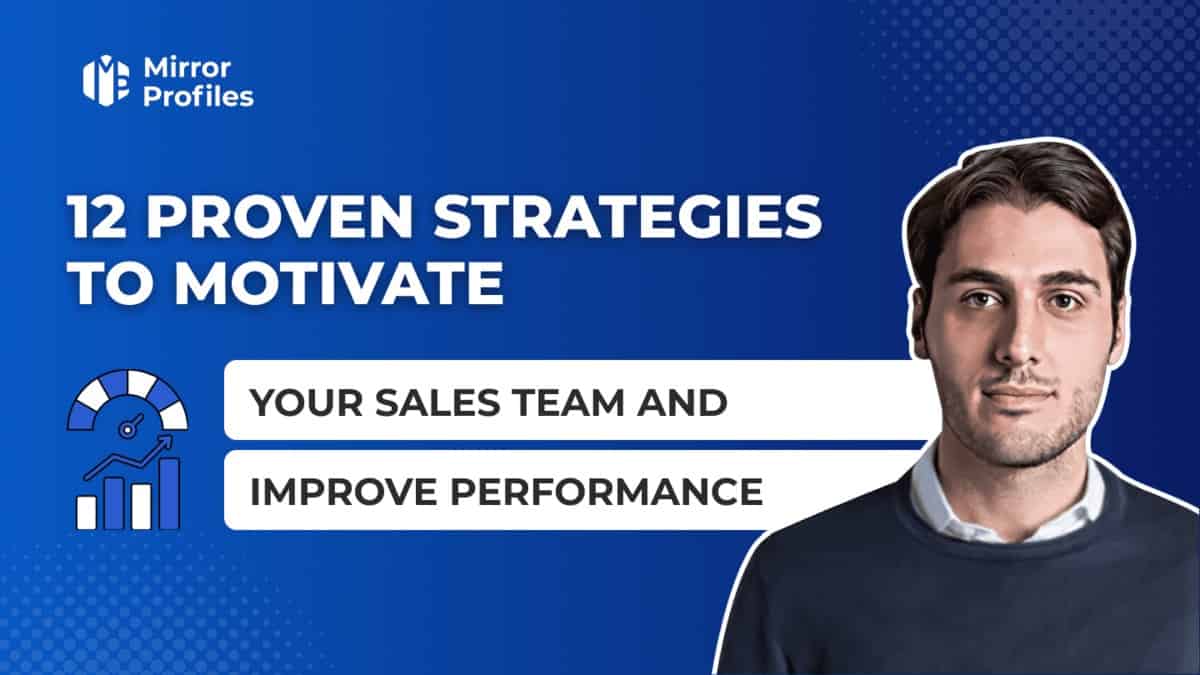Blog: Growth hacking and LinkedIn tips
Discover our latest articles,
resources and tips for developing your professional network. Boost your growth with our growth hacking tips.

- Copywriting, Linkedin
- |
- 13 min
Find out how blogging on LinkedIn can help you strengthen your content strategy and reach your target audience in a powerful way.
- Copywriting, Linkedin
- |
- 9 min
- Linkedin, MirrorProfiles
- |
- 11 min








